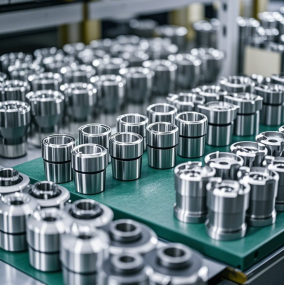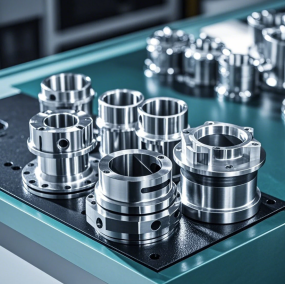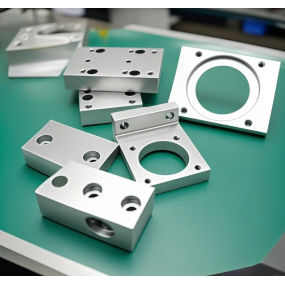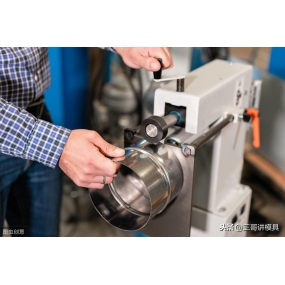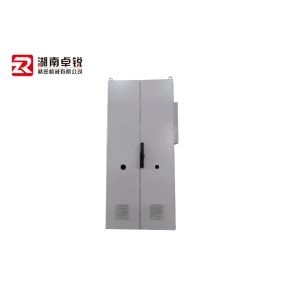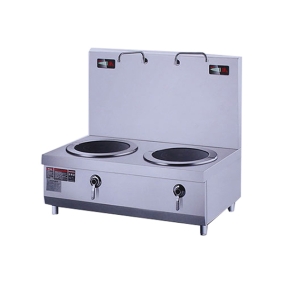Metal Stamping parts are processed by stamping molds, and there are many types of stamping molds, including "composite molds". Composite molds are multi process stamping molds. Let's take a look at the process characteristics of composite molds:
The composite die for metal stamping parts is a multi process stamping die that completes several separate processes together in the same part of the die during one operation stroke of the press. The design difficulty of the composite film is how to reasonably arrange several pairs of convex and concave dies in the same operation direction. Its main structural feature is a convex concave die that serves as both a feeding convex die and a punching concave die. According to the different equipment orientations of the composite mold operation parts, it is divided into two types: "positive fitting mold" and "inverted composite mold".
Formal composite mold (also known as sequential composite mold), during the operation of the formal fitting mold, the sheet metal is separated in a compressed state, and the flatness of the metal stamping parts punched out is relatively high. However, due to the effectiveness of the ejector and the pressure unloading equipment, the separated metal stamping parts are easily embedded in the edge material, which affects the operation and productivity. The 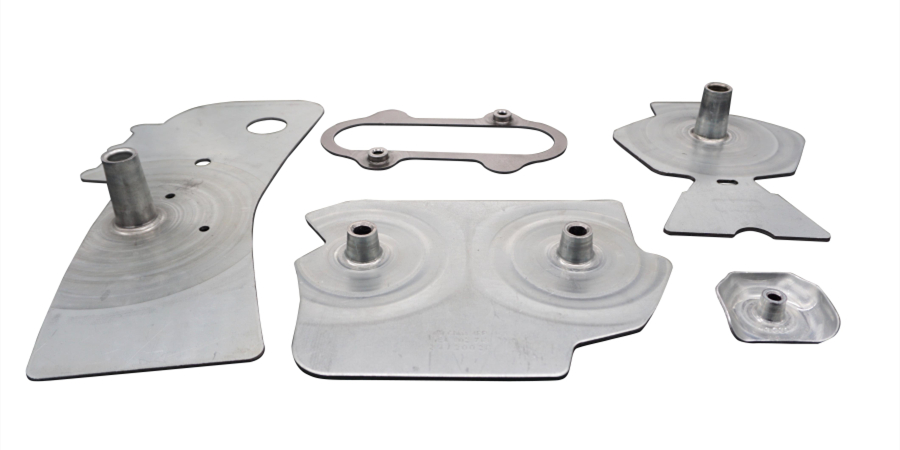 inverted composite mold usually uses rigid pushing equipment to push down the metal stamping parts stuck in the concave mold. The inverted composite mold with rigid pushing parts is used, and the sheet metal is not punched in a compressed state, so the flatness is not high. This structure is suitable for punching hard sheet metal with a thickness greater than 0.3mm. If elastic elements are installed in the upper mold, that is, elastic pushing equipment is selected, it can be used for punching metal stamping parts with soft raw materials or sheet thickness less than 0.3mm and high flatness requirements.
inverted composite mold usually uses rigid pushing equipment to push down the metal stamping parts stuck in the concave mold. The inverted composite mold with rigid pushing parts is used, and the sheet metal is not punched in a compressed state, so the flatness is not high. This structure is suitable for punching hard sheet metal with a thickness greater than 0.3mm. If elastic elements are installed in the upper mold, that is, elastic pushing equipment is selected, it can be used for punching metal stamping parts with soft raw materials or sheet thickness less than 0.3mm and high flatness requirements.
From the analysis of the structure of the composite film in both the formal and inverted styles, it can be seen that each has its own advantages and disadvantages. The formal style is more suitable for punching parts with softer raw materials or thinner sheets that require higher flatness, as well as punching parts with smaller hole edge spacing. Inverted composite molds are not suitable for punching punched parts with small spacing between hole edges. However, the structure of inverted composite molds is simple, and they can directly use the rod equipment of the press to push the parts. The unloading is reliable, easy to operate, and provides favorable conditions for the mechanization of metal stamping parts. Therefore, they are widely used.
This article is from EMAR Mold Co., Ltd. For more EMAR related information, please click on www.sjt-ic.com,


 Spanish
Spanish Arabic
Arabic French
French Portuguese
Portuguese Belarusian
Belarusian Japanese
Japanese Russian
Russian Malay
Malay Icelandic
Icelandic Bulgarian
Bulgarian Azerbaijani
Azerbaijani Estonian
Estonian Irish
Irish Polish
Polish Persian
Persian Boolean
Boolean Danish
Danish German
German Filipino
Filipino Finnish
Finnish Korean
Korean Dutch
Dutch Galician
Galician Catalan
Catalan Czech
Czech Croatian
Croatian Latin
Latin Latvian
Latvian Romanian
Romanian Maltese
Maltese Macedonian
Macedonian Norwegian
Norwegian Swedish
Swedish Serbian
Serbian Slovak
Slovak Slovenian
Slovenian Swahili
Swahili Thai
Thai Turkish
Turkish Welsh
Welsh Urdu
Urdu Ukrainian
Ukrainian Greek
Greek Hungarian
Hungarian Italian
Italian Yiddish
Yiddish Indonesian
Indonesian Vietnamese
Vietnamese Haitian Creole
Haitian Creole Spanish Basque
Spanish Basque

